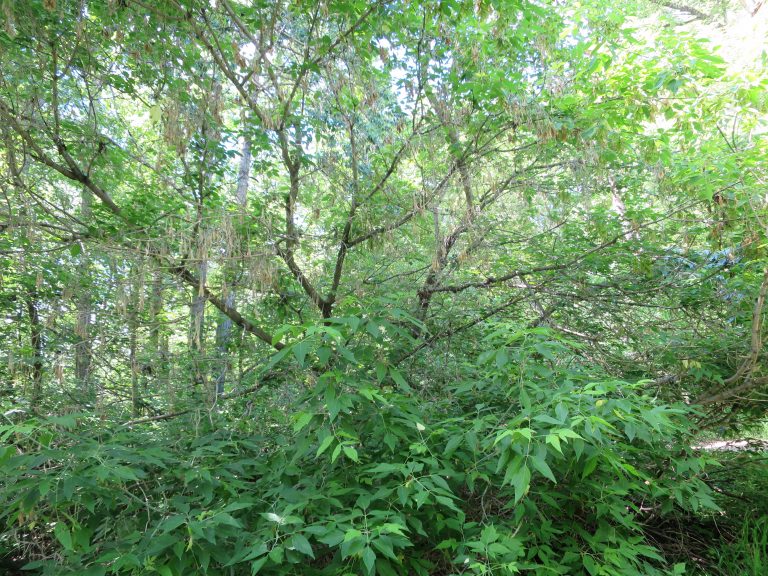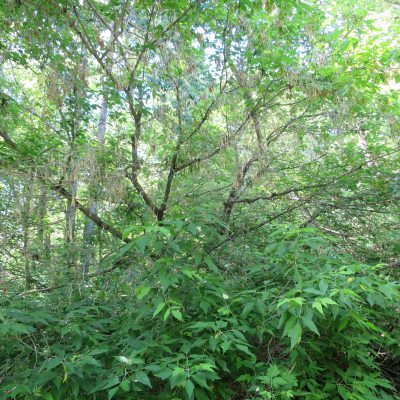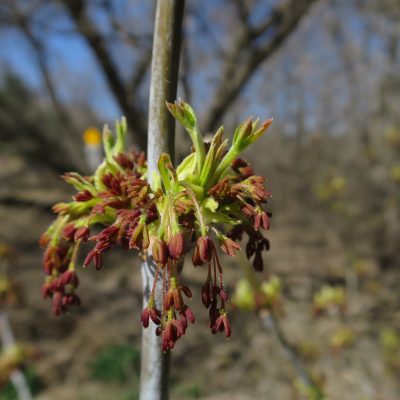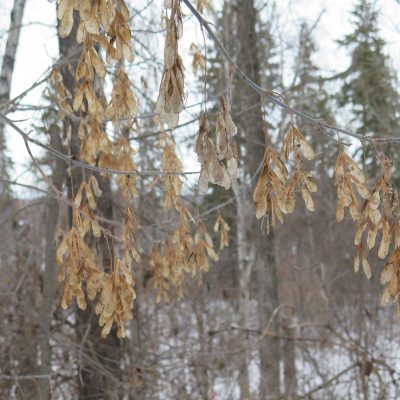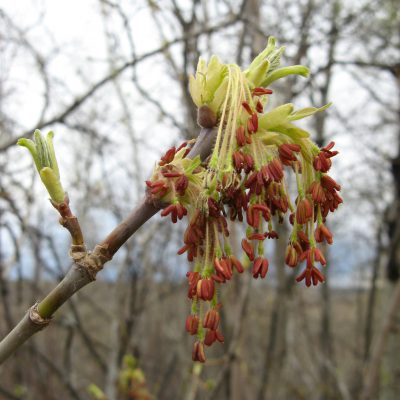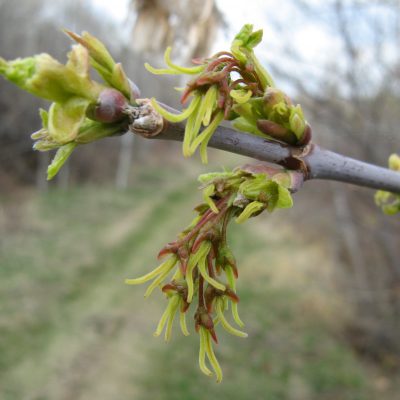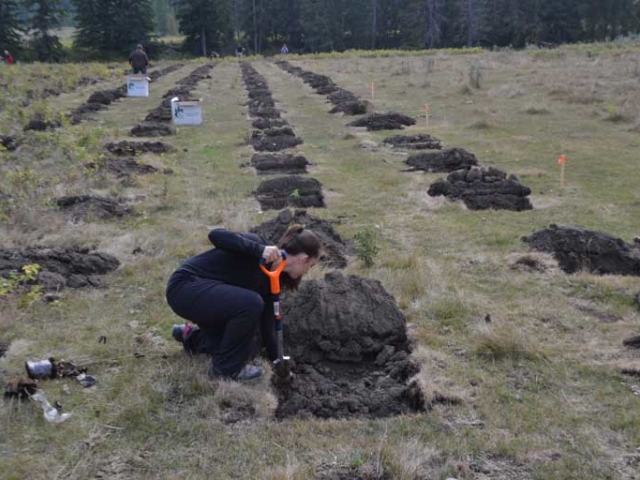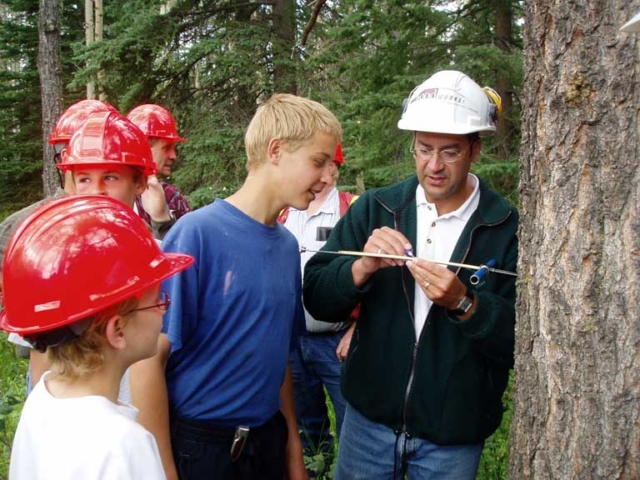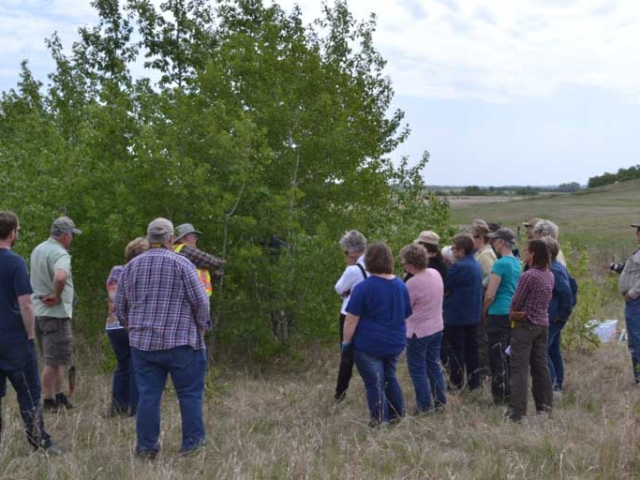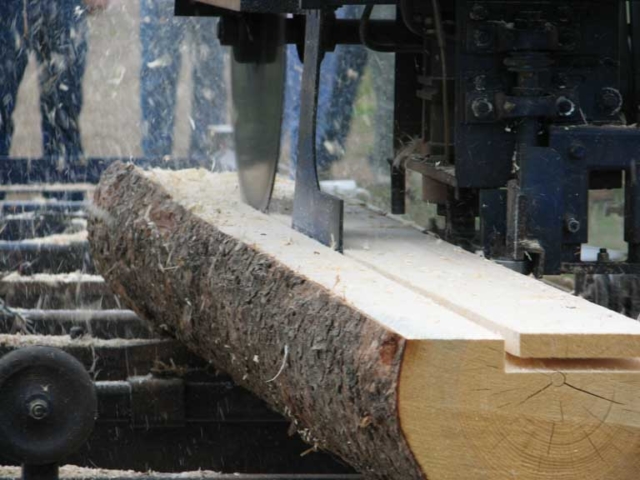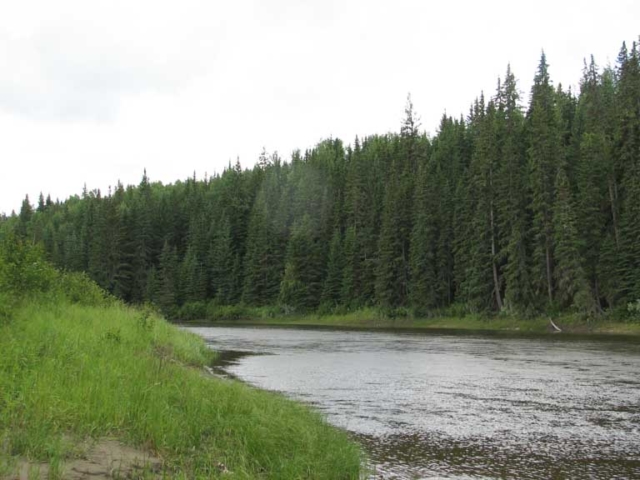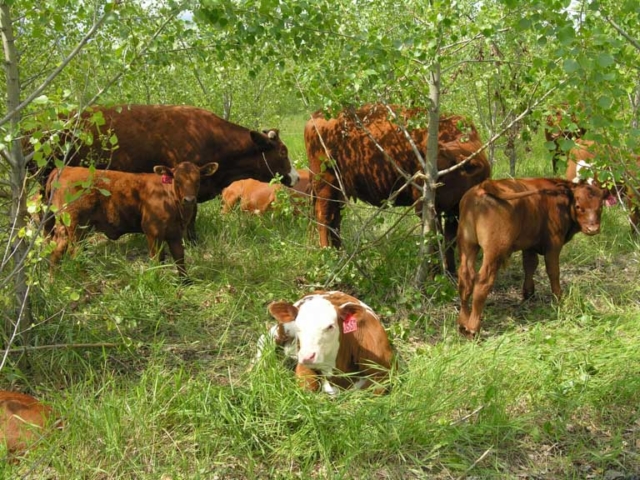Description / Details
Manitoba Maple (Acer negundo)
The native range of Manitoba maple is limited to the far eastern part of Alberta’s grasslands and aspen parkland as far north as the Battle River. However, the species is remarkably adaptable, and has thrived when planted in many other parts of the province. Manitoba maple is rare in that it can tolerate both flooding and droughts. It is also moderately salt tolerant, and grows well in full sun or partial shade. Manitoba maple does not sucker but it can nevertheless spread quickly by seed into large, thick groves that persist for decades as the species is long lived as well as fast growing
Manitoba maple is wind pollinated, so it does not provide food for pollinators. However, many birds and squirrels feast on its characteristic and abundant ‘helicopter’ seeds. Manitoba maples can also be tapped for their sap in the early spring when temperatures are above freezing during the day and below freezing at night. This sap can be boiled down into a sweet syrup that tastes very similar to the syrup made from sugar maples in eastern Canada.
For plantings where habitat for diverse species of wildlife is a primary goal (e.g. Eco-Buffers, riparian buffers), Manitoba maple is typically not recommended outside of its native range of south-eastern Alberta. However, Manitoba maple is highly recommended across the province for shelterbelts, and also can be grown for syrup production in alley cropping systems.

